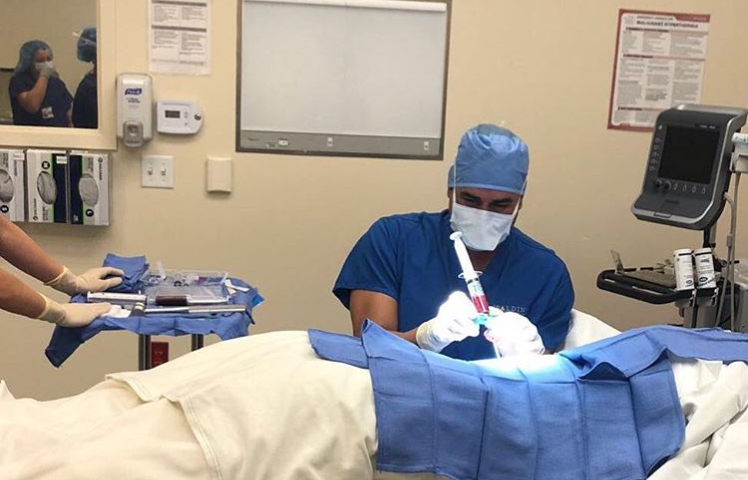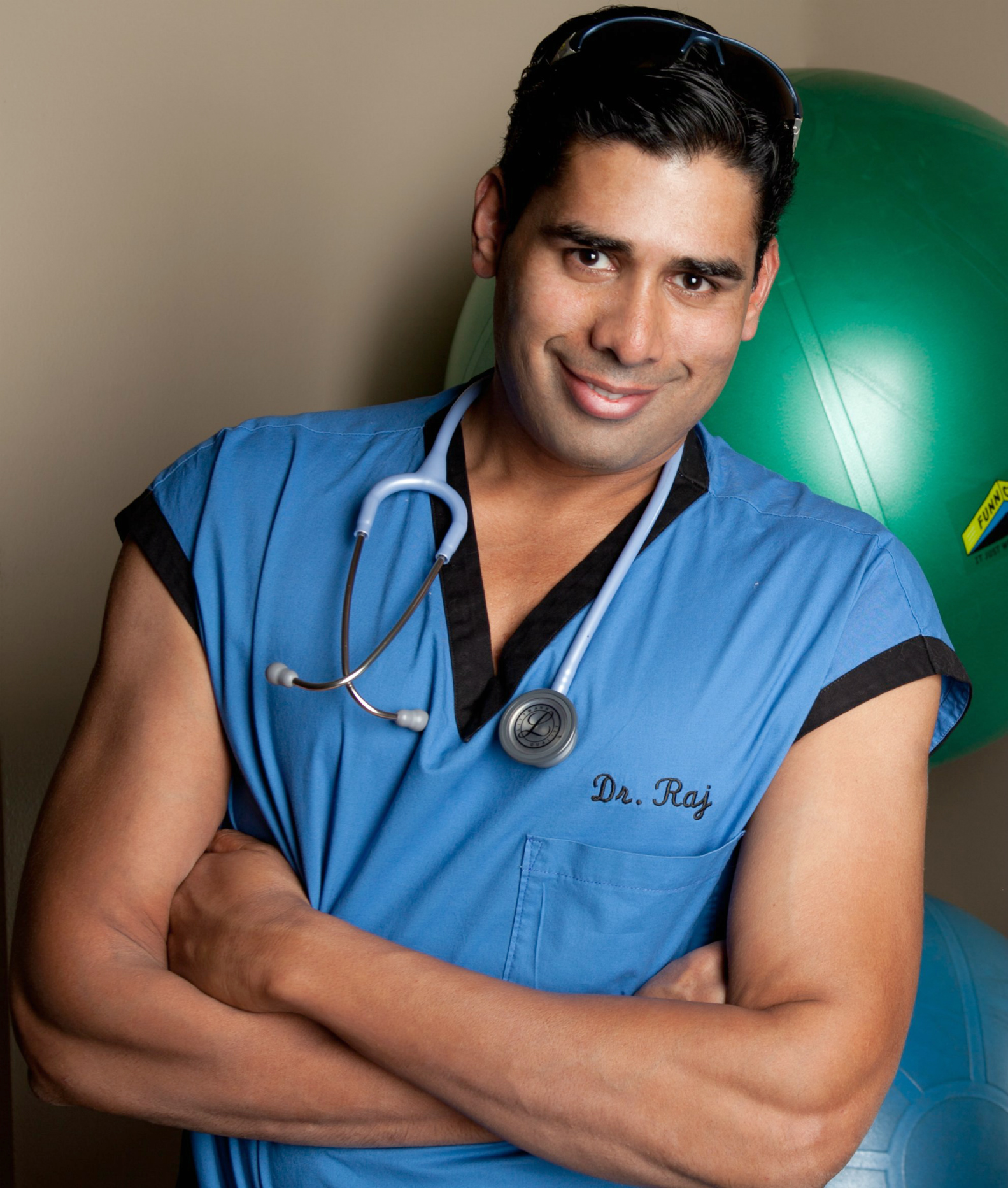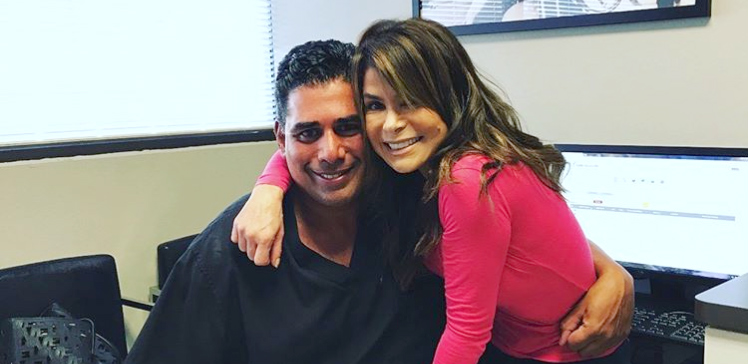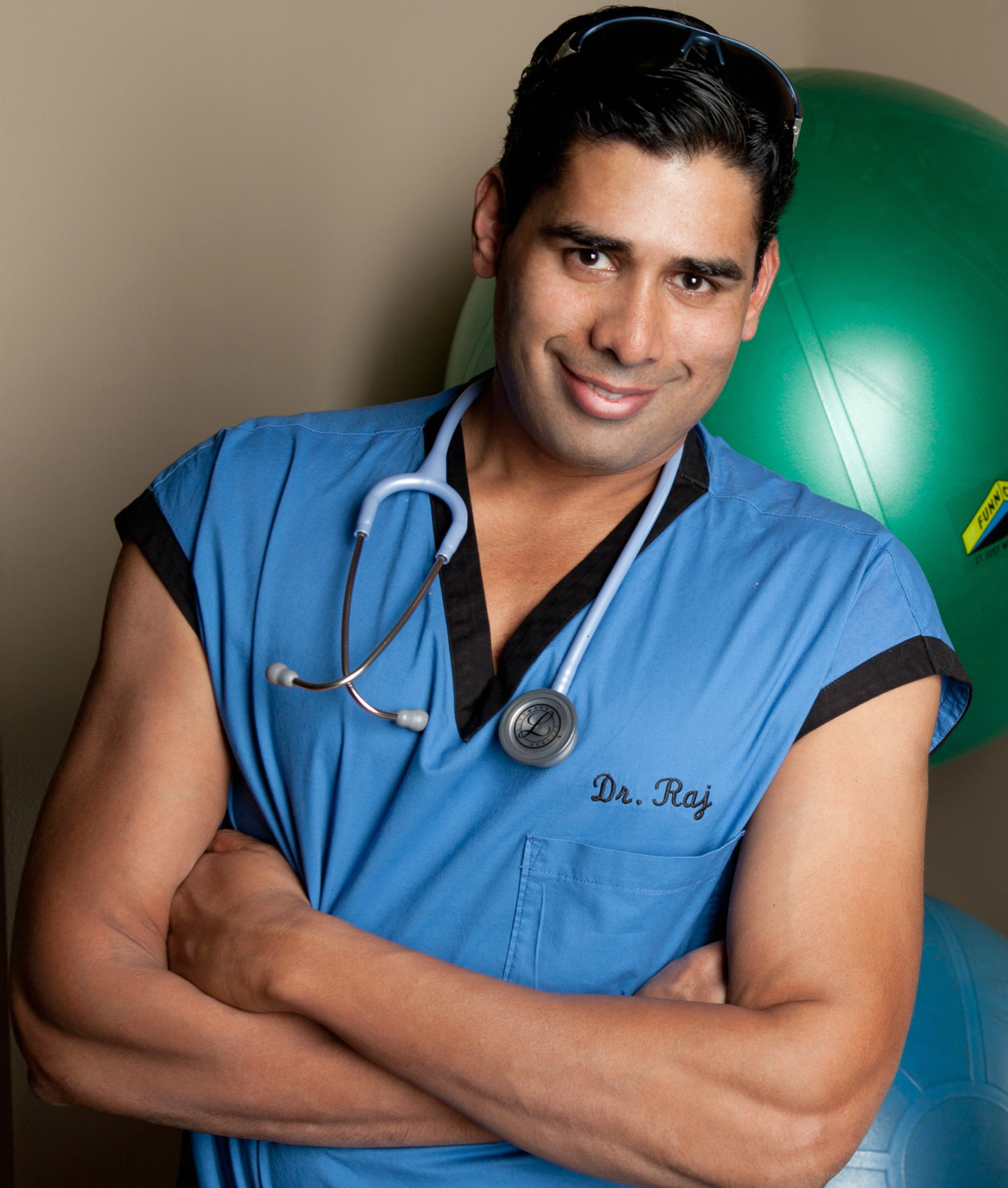
For anyone who has had hip replacement surgery, I’m sure they will agree that it is better to get hit by a bus than to undergo another one. Last year after several years of suffering, I decided to take the leap and go for the hip replacement that my specialist recommended. I was told that it was a common surgery and that it was the best solution for me. Between us; it was probably the most painful thing I have ever gone through. So much so, that at the time, I just wanted to die. Not only did the pain persist for several weeks after the operation, but I was on painkillers for days, which eventually added to my suffering. I had to use a walker for the first 2 weeks and then depended on a cane for over 2 months before I could walk on my own.
My entire demeanor changed, as well as the way I dealt with what once were minor things in life. I feared slipping in the shower, going down the stairs or walking my dogs. No one had prepared me for this. I’ve had my share of surgeries — including a double mastectomy when I was diagnosed with breast cancer — but pain wise; this one was by far the worse. I was hoping after a very long recovery that I would never have to face this situation again. Unfortunately, a year later, I am starting to feel pain on the other side and dread the re-experience of my nightmare.
 Although, I heard about Stem Cell, I did not know much about it. So I started to investigate for myself, speak to people, enquire about the procedure and look for a doctor in my area who specialized in Stem Cell. I was willing to do just about anything before considering another hip replacement. After extensive research, I came across Dr. Raj, a Double-Board Certified Orthopedic doctor in Beverly Hills, CA. Going to his website; I learned that he has been in private practice for 10 years. He has been named as one of “Americas Top Orthopedists,” been featured on the “Best of LA” and has received numerous other accolades and awards as one of the Top Orthopedic doctors. Providing the ultimate in state-of-the-art orthopedic care, Dr. Raj’s practice is always on the cutting-edge of surgical and nonsurgical technologies, such as PRP (Platelet Rich Plasma) injections, stem cell injections for tendinitis and arthritis, minimally invasive surgery and more.
Although, I heard about Stem Cell, I did not know much about it. So I started to investigate for myself, speak to people, enquire about the procedure and look for a doctor in my area who specialized in Stem Cell. I was willing to do just about anything before considering another hip replacement. After extensive research, I came across Dr. Raj, a Double-Board Certified Orthopedic doctor in Beverly Hills, CA. Going to his website; I learned that he has been in private practice for 10 years. He has been named as one of “Americas Top Orthopedists,” been featured on the “Best of LA” and has received numerous other accolades and awards as one of the Top Orthopedic doctors. Providing the ultimate in state-of-the-art orthopedic care, Dr. Raj’s practice is always on the cutting-edge of surgical and nonsurgical technologies, such as PRP (Platelet Rich Plasma) injections, stem cell injections for tendinitis and arthritis, minimally invasive surgery and more.
He is Board Certified as a Medical Legal Specialist in America, as well as, Canada and Dubai (Trial, Testimony, Deposition, IME) with a Subspecialty in – Hip and Knee Surgery in Los Angeles, including Sports Surgeries.
He is also an Undergraduate from Dalhousie University in Halifax and Canada. He pursued his medical education at Memorial University PGME, before doing his internship and residency in the Department of Orthopedic Surgery. Now that I had found Dr. Raj, all I needed was to get myself educated. So let’s start by what are stem cells? This is what I read: “Mesenchymal stem cells (MSCs), commonly called ‘stem cells,’ are precursor cells that haven’t decided yet what they are going to be in the body. They can differentiate into multiple forms including bone, cartilage, fat and other connective tissues. They play a significant role in the reparative processes throughout the human body.”
Where do we find stem cells?
They may be harnessed from fat tissue, bone marrow, synovial tissue or umbilical cord tissue. While stem cell therapy is a promising technology, there is much we are still learning about the causes and pathways that lead to symptomatic osteoarthritis. We have not optimized the factors found in stem cell therapies. To be sure, only the “good” cells and growth factors are injected into a specific joint. And that is why further research is necessary before being approved by the FDA.
My next move would be to consult with Dr. Raj who would tell me the medical truth, beginning with this question:

What is the current state of Stem Cells and its success rate?
It's relatively new. It's been popular for about 20 years, internationally. In areas like Germany and Korea, it was utilized a lot more. It became popular here when athletes like Kobe Bryant started going to Germany for modified versions of PRP, which led on to regenerative technologies. We have a stigma correlating stem cells with abortions and issues like that. This in itself is completely different. We are not utilizing amniotic stem cells or placenta stem cells. We're utilizing your own stem cells. For issues such as a hip replacement, the most powerful stem cells are the ones in your body. Bone marrow stem cells work well on joints. Joints have zero blood supply. So, if God or the higher power created us where we had blood supply going through our joints, like a cut in our skin – we would constantly replenish or repair. A break in our bone would repair. If you get stem cells and you're in decent enough shape, you will heal no matter what because these stem cells will deposit. Will you heal straight? Probably not – that's where we come into play.
The reason why joints; hips, knees and shoulders degenerate is because there is no blood supply. So, if you have a cut or a loss of cartilage, it stays like that and accumulates overtime. The only way you can control it is externally. You get stronger, you lose weight and you increase your range of motion. But you can't control anything internally.
So regenerative technology is basically utilizing these cells to regenerate cartilage and repair. These are the same cells that flow through our body – and upon signal of an injury will heal skin to skin, bone to bone, tendon to tendon, muscle to muscle. Our joints are just an alcove of joint fluid and no blood supply. The whole concept is – throughout the years, we did steroid injections – they're like band aids. Basically they mask pain. What does masking pain do? It propagates injury. Because we put the band aid on, we don't feel it and we do more. We take this little cut or loss of cartilage and we make it even more over time.
Why is it that specialists do not recommend seeing a surgeon at a certain stage?
There are a lot of people who think one way and everyone is entitled to their own opinions. You can't change opinions.
Are people afraid of stem cells?
Some people are afraid because of stem cells causing cancer. But that's embryonic stem cells.

What is the process?
Bone marrow stem cells are the best because there is a higher chance of live stem cells. Less manipulation, meaning that – in a Mayo Clinic study 4 or 5 years ago, which has a two year follow through on people who are ready to get replacements for joint or knee – they had an 80% success rate where they didn't need it. I do replacements and I do stem cells.
How do you determine what's better for the patient?
My knowledge and years of experience. Also, my knowledge with fitness and being athletic myself. Understanding at a certain point, someone is mechanically compromised. Bone on bone is a term that's been used for years. There are a lot of people who think they are 'bone on bone." Coming from Canada, the US is notorious for doing unnecessary surgeries and replacements. It's the highest rate of replacements in the world. I do not like the term 'bone on bone' because a surgeon will look at an x-ray and say you're bone on bone because that's all they do: replacements. They become a 7-11 or 99 Cents store, lining up 21 people a day. That's not the right way to do things. You don't want to be one of those 21 people getting a replacement because you're not getting that surgeon's full attention. The reality is – you have a PA or an old plastic surgeon who's doing most of your surgery and there is more likelihood of issues. Amongst every specialty there is a lot of ignorance. The whole concept is – you preserve what you have for as long as you can. You have beauty on the outside; you need beauty on the inside too. What's beauty on the inside? Feeling good, you're less inflamed and your joints are healthy.
How does it work with a stem cell procedure?
I extract bone marrow from your pelvis. Take approximately 6 ccs. Under slight sedation, it takes about 5 minutes to take it. Then we separate it via an FDA approved technique. Per FDA, we cannot add anything to it, nor would I want to. We cannot harvest it because the longer it's outside of the body, the better it is. Basically, we then inject those pure cells right away into the joint. It's a four month process for an 80% of regeneration. So, it's not just reduction of inflammation, it's regeneration. It will be a year for a 100% effect. I've had probably about 20% of patients who have taken 6 months+. I've had over a 95% success rate with this technology.
Are you one of the only doctors doing this in LA?
I'm one of them. There are some family and pain management doctors who are doing it. I'm the only Orthopedic surgeon doing it. I'm sure different practitioners are starting to.

Dr. Raj and patient Paula Abdul
How often do you do the stem cell procedure?
You do it one time. It's a powerful injection and there are people I have 6 years out who are doing well.
Does it hurt after the fact?
No, not at all. You can walk and move. For example, with your hip – I would combine it with physical therapy to increase your range of motion. Once you have the anti-inflammatory effect, you have to take advantage of it. If you don't increase your range of motion – what happens is – you're walking on one nail vs. 100 nails. You want to dissipate the force over a greater area so that there's a higher chance of external success. Then you strengthen the muscles.
Are there people who are not good candidates for it?
Yes, when it's too far gone. Like I said, people are told they're bone on bone when they're not. They show you different views. It's a marketing gimmick. That person is lined up and ready to sell. Age is relative. There's physiologic age. It really depends on the person. Hypothetically, if you're an inflamed mess, a drinker and abusive to your body, then nothing is going to work. If you take care of yourself and you're motivated with the right protoplasm, then it's going to work.
What about the skeptics or the ones who think it's bad for you?
Don't get me wrong; amniotic stem cells are good for certain situations. Embryonic is bad. It means that it's too far gone. You want live stem cells in an area that does not have blood supply. The data is out there. How can you argue against a Mayo Clinic study with an 80% success rate? How can you argue against the hospitals for special surgery in New York that's doing it, or the Steadman Hawkins Clinic, I'm doing it. Top facilities in the world are doing it and a number of top athletes who are getting it done with success rates. Who's ignorant? Is it that one surgeon or everyone else?
Does insurance cover it?
No, not yet. Insurances are very backwards in terms of their understanding. They would rather cover a replacement.
Is it expensive?
If you break it down par and par and avoid a replacement, not really. On average, you're talking about $7,000, versus hospital, surgeon, facility fees+++, which can be about $25,000.
You're very progressive.
There are a lot of things that I do to try and reduce pain significantly. When I use screws, I use screws that are made out of calcium so they dissolve in your body. Some of my colleagues use tourniquet, I don't use one. I control bleeding and do it in less than an hour. The whole concept is, you don't have a tourniquet squeezing your leg and toxins causing significant pain.
And there you have it. Everything is a risk in life, we do not know if we will wake up tomorrow or if you will get hit by a car and so on so why not try this procedure. I believe that I am lucky enough to have met Dr. Raj. I have taken the decision to undergo the stem cells therapy FDA approved or not, anything before going under the knife one more time. Stay tuned, I will give you a report on the progress.














